When considering whether a shaved dog will indeed be cooler in hot weather, it is crucial to delve into the intricate relationship between a dog's coat and its body temperature regulation.
While the instinct may be to opt for a trim to combat the heat, certain factors must be carefully weighed.
In this discussion, we will explore the science behind how a dog's coat functions in maintaining optimal body temperature and whether shaving is truly the best course of action for ensuring a dog's comfort during warmer seasons.
Key Takeaways
- Shaving double-coated dogs is not recommended as their coats regulate temperature effectively.
- Regular grooming, not shaving, is advised for most dogs to maintain coat health.
- Seek professional guidance for breed-specific grooming needs to keep dogs comfortable.
- Shaving should be reserved for heavily matted dogs and done by experienced groomers.
Why Shaving Dogs Is Discouraged
Shaving dogs is generally discouraged due to the detrimental effects it can have on their coat health and natural temperature regulation mechanisms. For most dogs, frequent brushing and trimming are recommended over shaving to maintain coat quality. Specialized clipper work or scissoring may be necessary for certain breeds with specific grooming needs.
Double-coated dogs, in particular, should never be shaved as their double coats serve essential purposes such as providing protection in cold climates and regulating body temperature in warmer weather. Shaving can interfere with the natural shedding process that helps dogs stay cool. It is crucial to seek guidance from professional groomers to ensure tailored maintenance advice based on the individual dog's breed and coat type.
Importance of Proper Grooming Techniques
Proper grooming techniques play a pivotal role in maintaining the health and well-being of dogs, ensuring their coat quality and overall comfort. When it comes to grooming your furry friend, here are some key points to keep in mind:
- Regular brushing and trimming are essential for most dogs.
- Tailored clipper work or scissoring may be necessary for specific breeds.
- Different coat types require varying grooming approaches.
- Seeking advice from professional groomers can provide tailored guidance for your dog's grooming needs.
Risks of Shaving Double-Coated Breeds
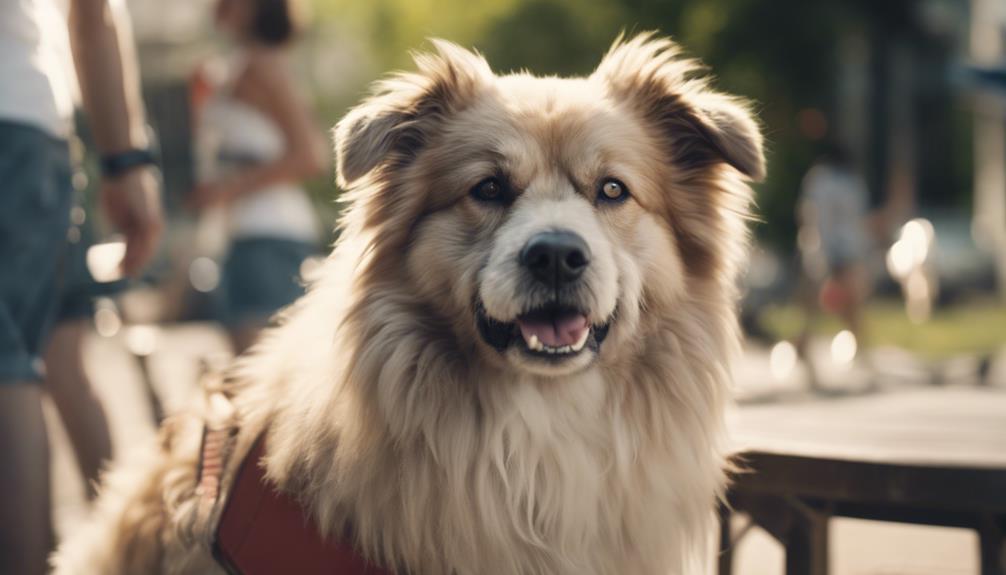
When considering grooming practices for double-coated breeds, it is crucial to understand the inherent risks associated with removing their natural protective layers through shaving. Double-coated dogs, such as Huskies and Golden Retrievers, have a topcoat providing insulation and a soft undercoat that aids in temperature regulation. Shaving these breeds can lead to various issues, including:
| Risks of Shaving Double-Coated Breeds |
|---|
| 1. Sunburn: Removing the protective coat leaves the skin vulnerable to sun damage. |
| 2. Coat Damage: Shaving can alter the texture and growth pattern of the fur. |
| 3. Temperature Regulation: Disrupting the natural insulation may lead to overheating or chilling. |
Double Coats and Temperature Regulation
Double-coated breeds rely on their unique fur structure for effective temperature regulation. These dogs possess a protective double layer of fur that serves multiple purposes, particularly in temperature management.
Here are important points to consider regarding double coats:
- The topcoat acts as a barrier against external elements.
- The undercoat provides insulation in cold weather.
- Air trapped between the layers aids in cooling the dog in hot temperatures.
- Avoid shaving double-coated breeds to preserve their natural cooling and insulation mechanisms.
Understanding the role of each layer in a double coat emphasizes the importance of maintaining the coat's integrity for the dog's well-being in various weather conditions.
Shedding and Natural Cooling Mechanisms
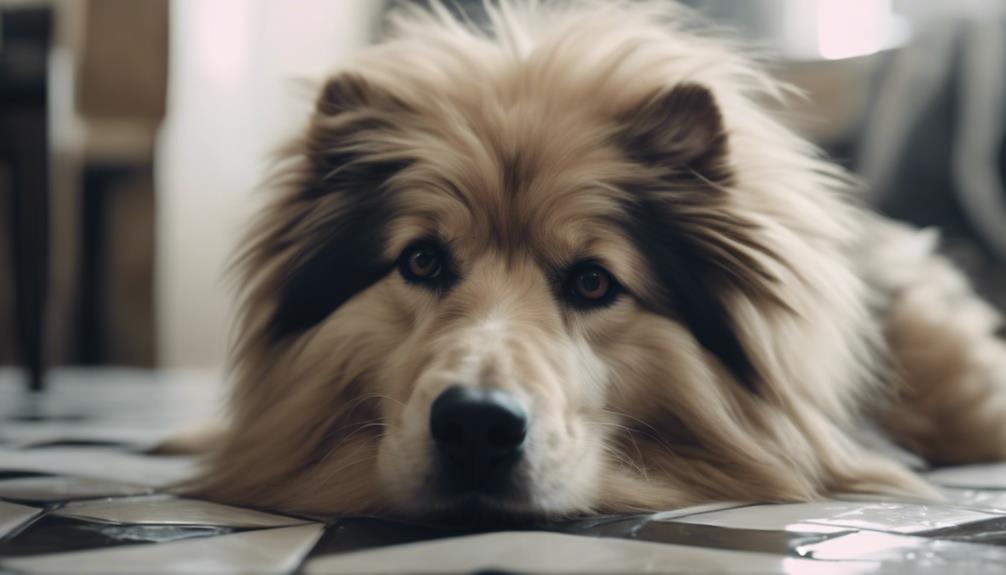
Understanding the integral role of shedding in a dog's natural cooling mechanisms highlights the significance of proper grooming practices for maintaining their overall well-being. Shedding is a vital process through which dogs regulate their body temperature by eliminating old or damaged fur, allowing for better air circulation to the skin. This natural mechanism aids in keeping dogs cool during warmer weather conditions. Regular grooming, including brushing and deshedding, supports the effectiveness of this process, ensuring that the dog's coat remains in good condition. Below is a table illustrating the importance of shedding in a dog's natural cooling mechanisms:
| Shedding and Cooling Mechanisms |
|---|
| Helps regulate body temperature |
| Facilitates air circulation |
| Maintains coat condition |
| Supports natural cooling process |
| Enhances overall well-being |
Acceptable Situations for Shaving Dogs
Exploring the circumstances under which shaving dogs is deemed acceptable in professional grooming practices, certain situations warrant shaving for the well-being of the dog.
- Severely Matted Coats: When mats are too dense to be removed through brushing, shaving becomes necessary to prevent discomfort and skin issues.
- Medical Conditions: In cases where a dog has skin conditions requiring better air circulation or topical treatments, shaving may be recommended by a veterinarian.
- Pre-Surgery Preparation: Some surgical procedures may necessitate shaving certain areas of a dog's body to prevent complications during the operation.
- Professional Consultation: Seek advice from experienced groomers or veterinarians to determine if shaving is the best course of action for your dog's specific needs.
Professional Help for Matting Issues
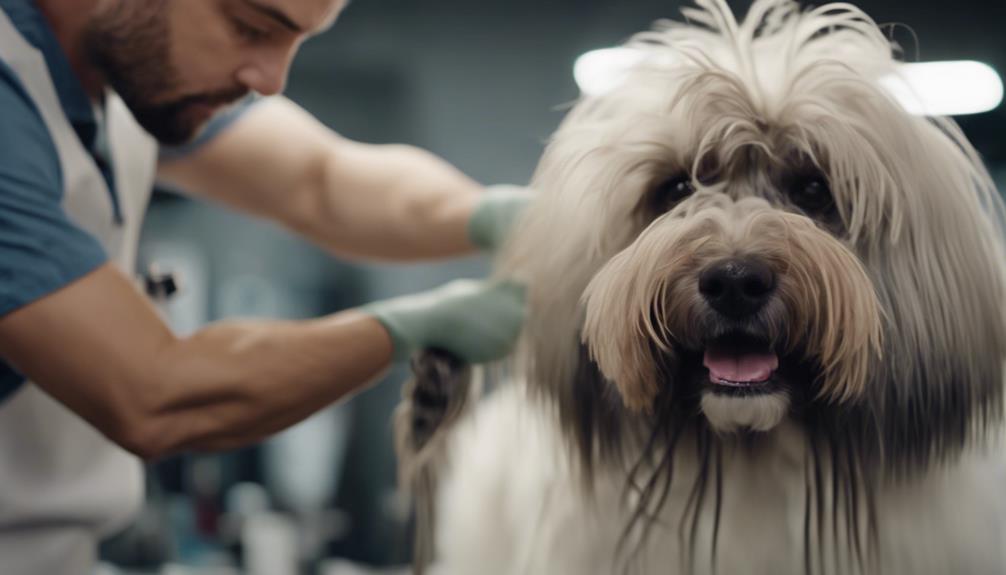
When faced with severely matted coats that are challenging to address through regular brushing, seeking professional help becomes imperative to prevent discomfort and skin issues. Professional groomers possess the expertise and tools needed to safely and effectively manage matting problems in dogs. They can provide tailored solutions to address the specific needs of different breeds and coat types. Below is a table highlighting the benefits of seeking professional help for matting issues:
| Benefits of Professional Help for Matting Issues | ||
|---|---|---|
| 1. Expertise | 2. Specialized Tools | 3. Tailored Solutions |
| Professional groomers have the knowledge to handle difficult matting situations. | Specialized grooming tools can help safely remove mats without causing harm. | Tailored solutions based on the dog's breed and coat type ensure effective mat removal. |
Dangers of Improper Home Shaving
Improper home shaving of dogs can pose significant risks to their health and well-being, requiring caution and expertise for safe grooming practices. When attempting to groom your dog at home, it's essential to be aware of the potential dangers associated with improper shaving techniques. Some of the risks include:
- Skin irritation and razor burns
- Uneven or patchy coat regrowth
- Increased susceptibility to sunburn and skin damage
- Risk of accidental cuts or nicks
To ensure the well-being of your furry friend, it's advisable to seek professional guidance or training before attempting to shave your dog at home. Proper grooming techniques are crucial for maintaining your dog's health and comfort.
Establishing a Breed-Specific Grooming Routine
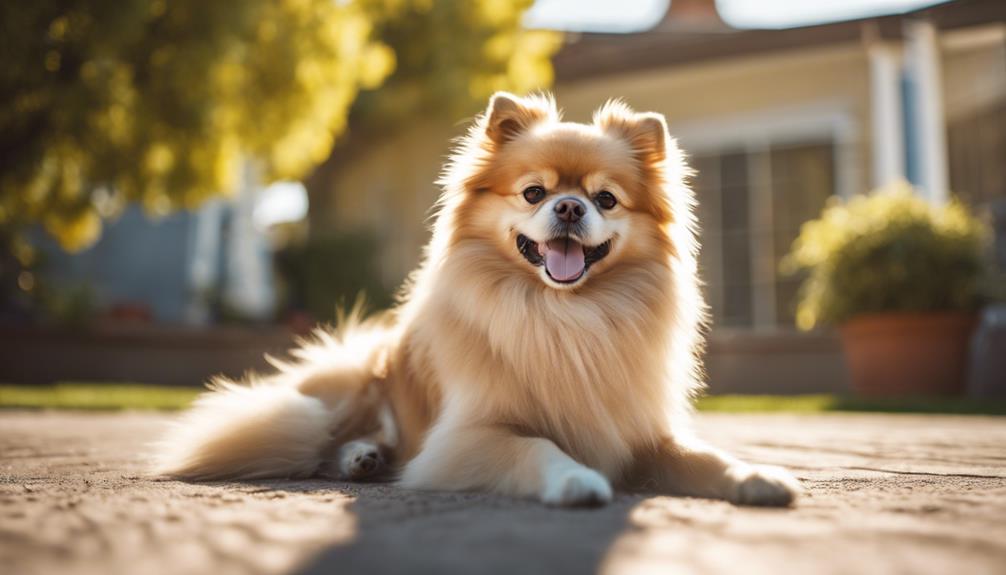
Establishing a breed-specific grooming routine is essential for maintaining the health and appearance of dogs, ensuring their specific grooming needs are met with precision and care. Different breeds have varying coat types that require tailored grooming techniques. For example, Yorkies may need specific trims to stay cool, while beagles and other short-haired breeds should not be shaved.
Consulting professional groomers or breeders can provide valuable guidance on the appropriate grooming practices for specific breeds. By adhering to breed-specific grooming recommendations, owners can promote the overall well-being and comfort of their canine companions. Professional groomers are equipped with the knowledge and expertise to offer tailored advice and ensure that each dog receives the appropriate grooming routine for its breed.
Types of Dog Coat Varieties
Exploring the diverse array of dog coat varieties reveals the unique characteristics and grooming requirements associated with each distinct type. Understanding these differences is essential for providing proper care and maintenance for your furry companion.
Here are some common types of dog coat varieties:
- Combination coats: Comprising a mix of short and long fur.
- Curly or wooly coats: Characterized by tight curls or a thick, wool-like texture.
- Long coats: Typically flowing and necessitating regular brushing to prevent matting.
- Short coats: Easy to maintain with minimal grooming needs, ideal for warmer climates.
Grooming Tips for Different Coat Types
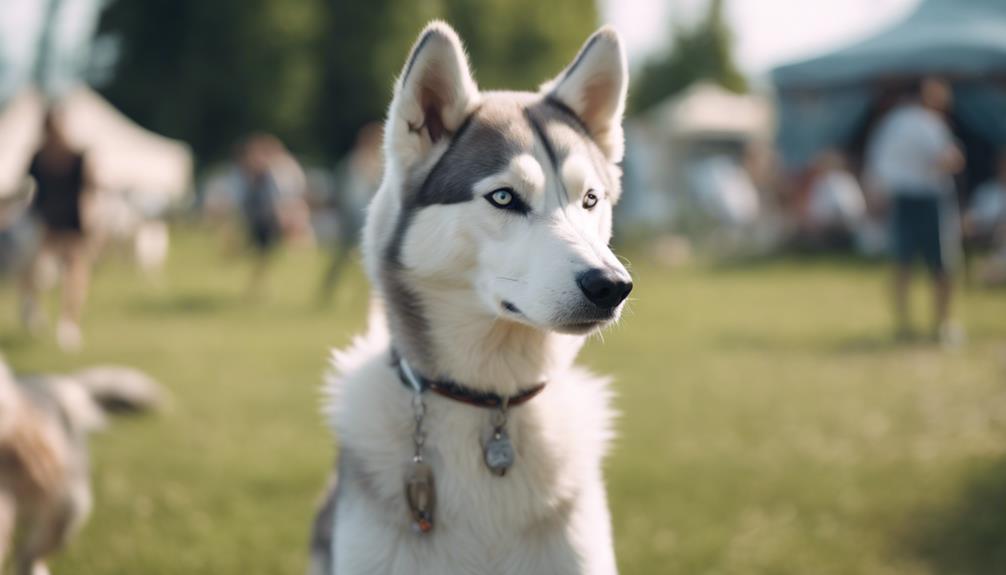
Understanding the specific grooming requirements tailored to different coat types is crucial for maintaining the health and appearance of your dog's fur. Different coat types such as combination, curly or wooly, long, short, and wire coats require distinct grooming techniques for proper maintenance.
For combination coats, regular brushing and detangling are essential to prevent matting. Curly or wooly coats necessitate specialized care to maintain their texture and prevent tangling. Long coats may require more frequent brushing to prevent knots and maintain a healthy sheen.
Short coats typically need less grooming but benefit from regular brushing to remove loose hair. Wire coats may need hand-stripping or specific trimming methods to preserve their unique texture and appearance. Understanding these distinctions can help ensure your dog's coat remains healthy and visually appealing.
Breed-Specific Cooling Recommendations
When considering how to keep dogs cool in hot weather, it is essential to tailor cooling methods based on the specific breed's characteristics and coat type. Different breeds have varying needs when it comes to staying cool during hot temperatures. Here are some breed-specific cooling recommendations to help ensure your furry friend stays comfortable:
- Short-Haired Breeds: Avoid shaving; their coat acts as insulation against heat.
- Double-Coated Breeds: Never shave; the undercoat helps regulate temperature.
- Brachycephalic Breeds: Monitor closely for overheating due to their breathing difficulties.
- Toy Breeds: Provide cooling mats or small pools to help them cool off easily.
Expert Guidance for Grooming Practices
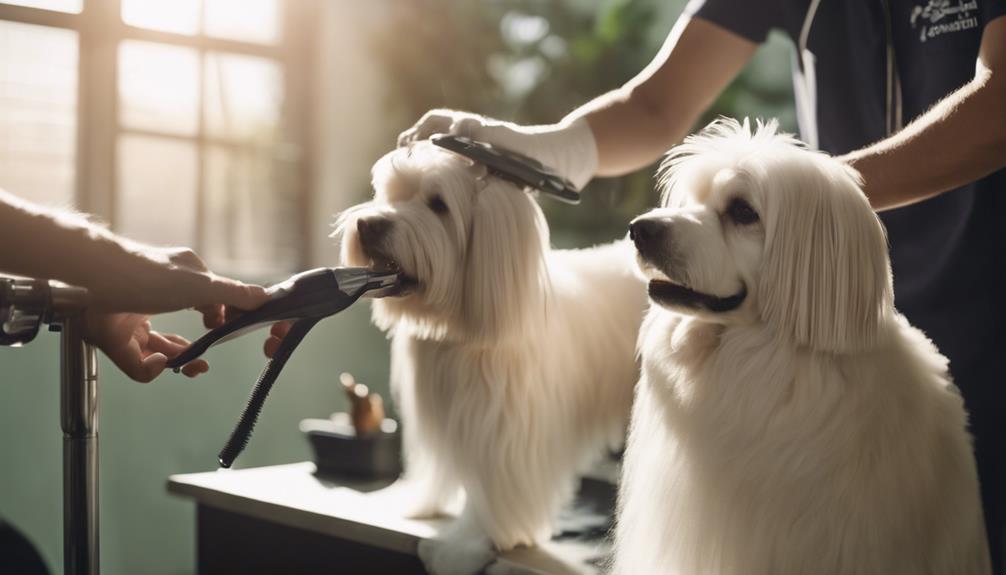
To ensure proper grooming practices tailored to individual dog breeds, seeking expert guidance from professional groomers is crucial for maintaining your pet's coat health and overall well-being.
Professional groomers possess the knowledge and experience to recommend specific grooming techniques based on your dog's breed, coat type, and individual needs. They can advise on the frequency of brushing, appropriate trimming methods, and the avoidance of shaving, especially for double-coated breeds.
Expert guidance is essential to prevent matting, skin irritation, or coat damage that can result from improper grooming practices. By consulting with professionals, you can establish a personalized grooming routine that will keep your dog's coat healthy, comfortable, and looking its best.
Conclusion
In conclusion, the decision to shave a dog in hot weather should be carefully considered based on the breed's unique coat characteristics. While shaving may seem like a solution to combat heat, it can actually pose risks for double-coated breeds that rely on their coats for temperature regulation.
Understanding the importance of proper grooming techniques and breed-specific recommendations is essential to ensure the well-being of our furry companions in warmer seasons.




